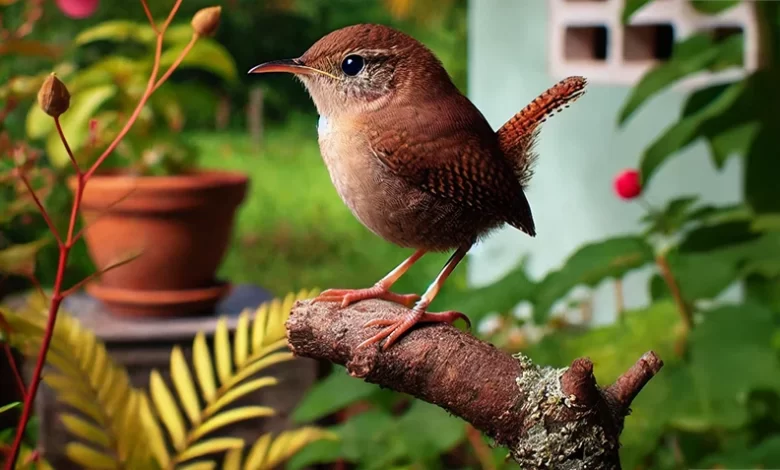Kalinago Wren (Wòsiñyòl)

The Kalinago Wren (Wòsiñyòl, Ósiyòl, Syòl, Sinyòl, Ésiyòl – Troglodytes martinicensis rufescens) was named in honour of the Kalinago, the indigenous people of Dominica and is one of the island’s latest endemic bird species. Recognised by the American Ornithological Society in 2024, the Kalinago Wren joins the Sisserou Parrot and Jaco Parrot ranks as one of the three Endemic Birds of Dominica. This bird is known for its rich, rufous colouration and distinctive yellow bill, with a song described as loud and ebullient, different from mainland House Wrens. The species, once found across the Caribbean, now thrives only in Dominica after disappearing from Martinique and Guadeloupe.
Significance in Dominica’s Biodiversity
The Kalinago Wren plays an important role in Dominica’s biodiversity, enhancing the island’s reputation as the Nature Island of the Caribbean. Alongside other unique species like the Sisserou Parrot, the wren adds to the list of species that make Dominica a haven for eco-tourism and sustainable tourism. Visitors to Dominica’s Kalinago Territory may spot this bird as part of their adventure into the island’s rich natural environment, contributing to heritage tourism by showcasing cultural and natural heritage coexistence.
Habitat and Conservation
The Kalinago Wren is found in forested areas throughout Dominica, particularly within the Kalinago Territory. Conservation efforts are crucial as the species faces the potential threats that many island endemics encounter, such as habitat loss and environmental changes. By promoting eco-tourism and educating visitors about the significance of Dominica’s endemic species, the island aims to protect the Kalinago Wren and its habitat for future generations.




